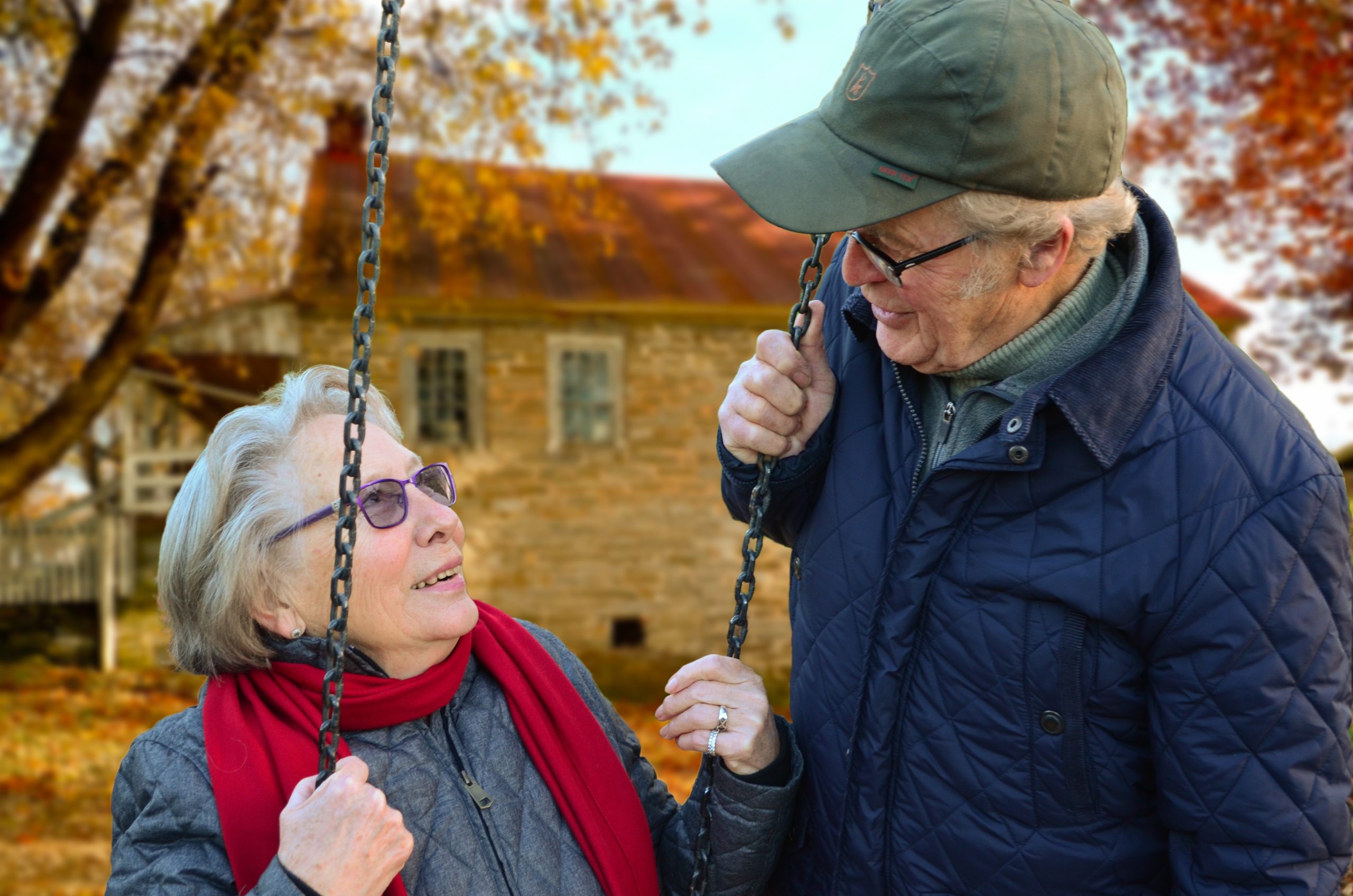Tracing Your Ancestry: A Step-by-Step Guide for Senior Genealogists

The image is not directly related to the article. It merely symbolizes the life of elderly people.
Tracing Your Ancestry: A Step-by-Step Guide for Senior Genealogists
What is genealogy?
Where do I start with tracing my ancestry?
Start with what you know about your family – names, birthdates, locations, and any stories or traditions passed down. Then work backwards, using census records, vital records, and other public records to build your family tree.
What are some useful genealogy websites?
There are many websites that can help with genealogy research, including Ancestry.com, FamilySearch.org, and MyHeritage.com. These sites provide access to historical records, family trees, and other resources for tracing your ancestry.
How can I verify the accuracy of my research?
One way to verify the accuracy of your research is to cross-check information across multiple sources, including census records, vital records, and family trees. It is also helpful to consult with other genealogists and experts in the field for guidance and advice.
What are some tips for organizing my research?
Keeping organized is key for successful genealogy research. Create a system for tracking your sources and notes, such as a spreadsheet or software program. Use file folders or binders to store paper records, and consider digitizing your documents and photos for easier access and sharing.
What are some resources for DNA testing?
There are many companies that offer DNA testing for genealogy research, such as AncestryDNA, 23andMe, and Family Tree DNA. These tests can provide insight into your ethnicity and ancestry, as well as help connect you with living relatives.
What should I do with my research once it’s complete?
Consider sharing your research with family members, either by creating a family tree or writing a family history. You can also contribute your research to online genealogy databases, such as FamilySearch.org or Ancestry.com, to help others in their own research.
Tracing your ancestry can be a rewarding and fascinating journey, but it can also be overwhelming for those new to genealogy research. This step-by-step guide for senior genealogists provides helpful tips and resources for tracing your family history.
Start with what you know about your family, and work backwards using public records and genealogy websites to build your family tree. Verify the accuracy of your research by cross-checking information across multiple sources, and consult with other genealogists and experts for guidance.
Organizing your research is key to keeping track of your sources and notes. Consider using a spreadsheet or software program, as well as file folders or binders for storing paper records. Digitizing your documents and photos can also make them easier to access and share.
DNA testing can provide valuable insight into your ethnicity and ancestry, as well as help connect you with living relatives. There are many companies that offer DNA testing for genealogy research, including AncestryDNA, 23andMe, and Family Tree DNA.
Once your research is complete, consider sharing it with family members or contributing it to online genealogy databases to help others in their own research. Tracing your ancestry can be a fulfilling and meaningful way to connect with your past and preserve your family history for future generations.
The image is not directly related to the article. It merely symbolizes the life of elderly people. Tracing Your Ancestry: A Step-by-Step Guide for Senior Genealogists What is genealogy? Genealogy is the study of family history and lineage, tracing ancestry through historical records, DNA testing, and other sources. Where do I start with tracing my…
Recent Posts
- Empowering Caregivers: The Best Online and Offline Resources to Enhance Your Skills
- Traveling with a Purpose: The Rise of Volunteer Vacations
- Breaking Stigma: Dispelling Myths about Mobility Aids and Disability
- Avoiding Probate: How Trusts Can Simplify the Estate Settlement Process
- Senior Citizens Beware: Common Financial Scams and How to Stay Protected

